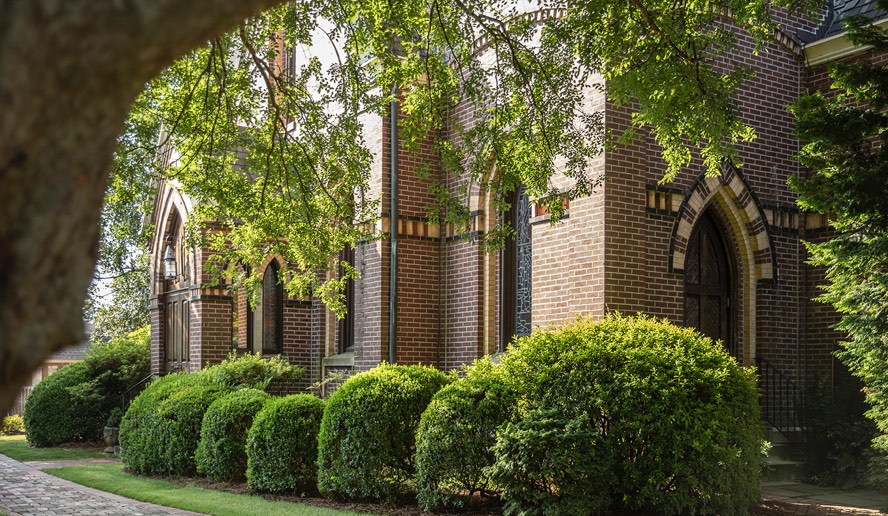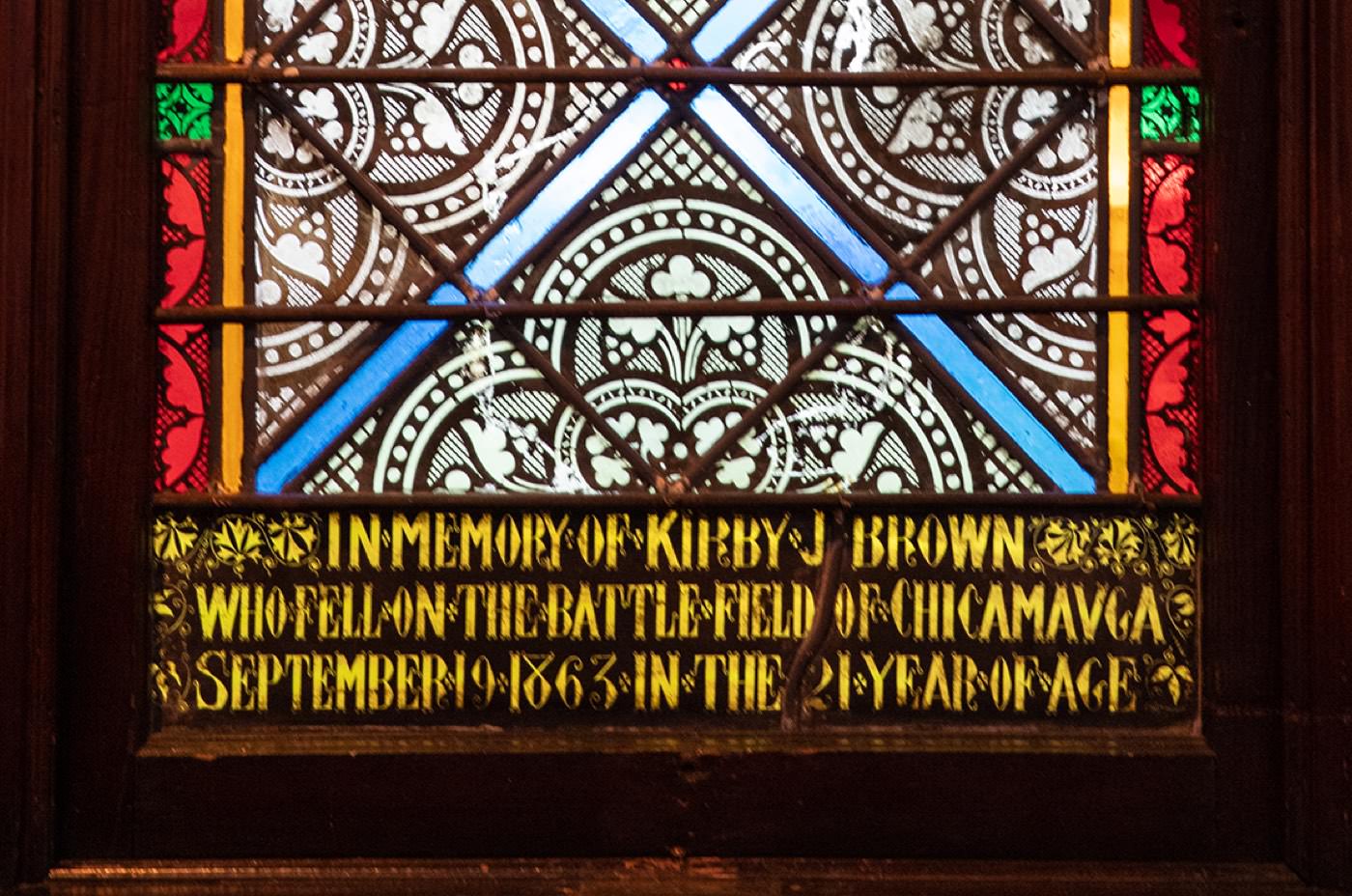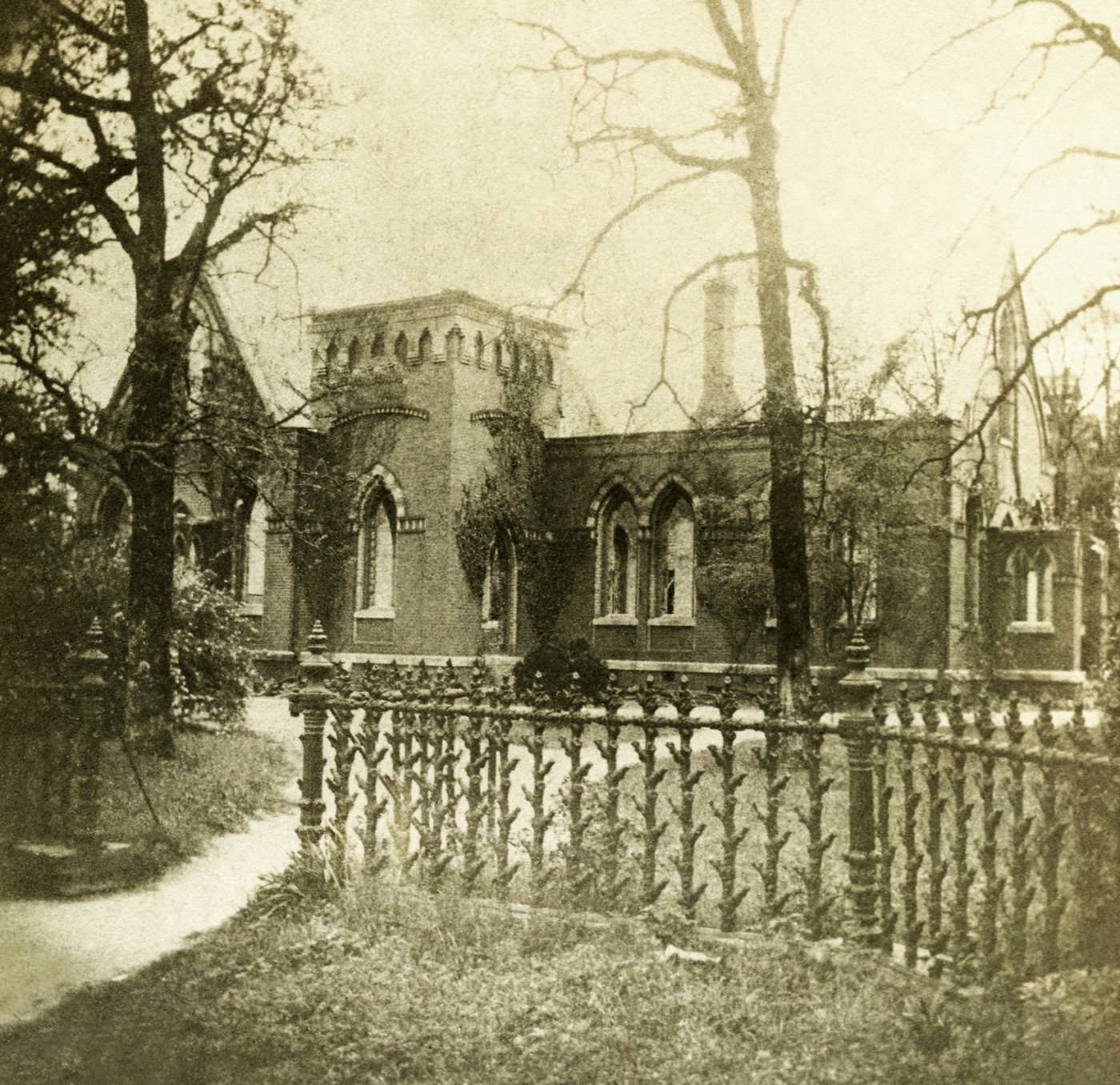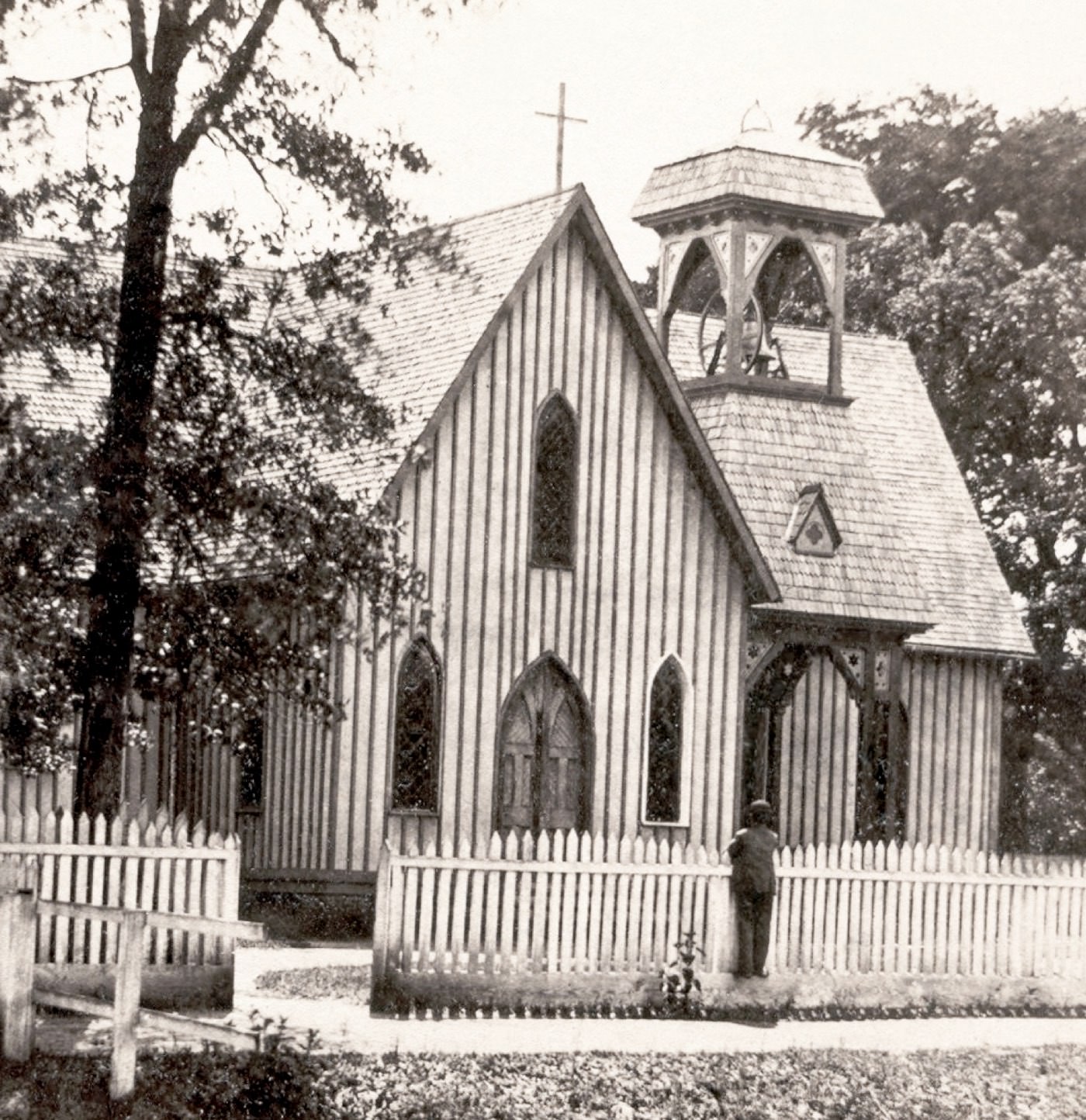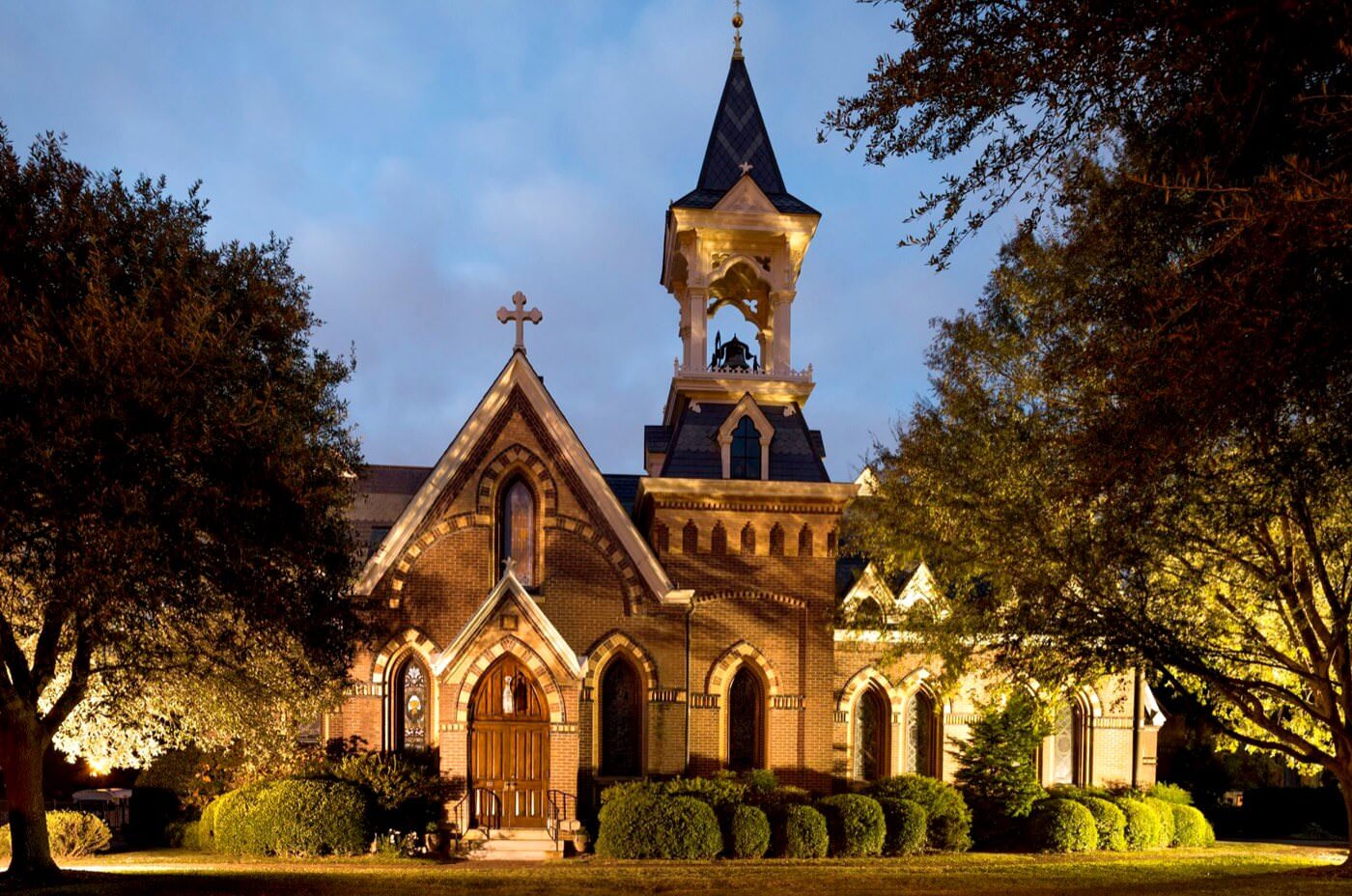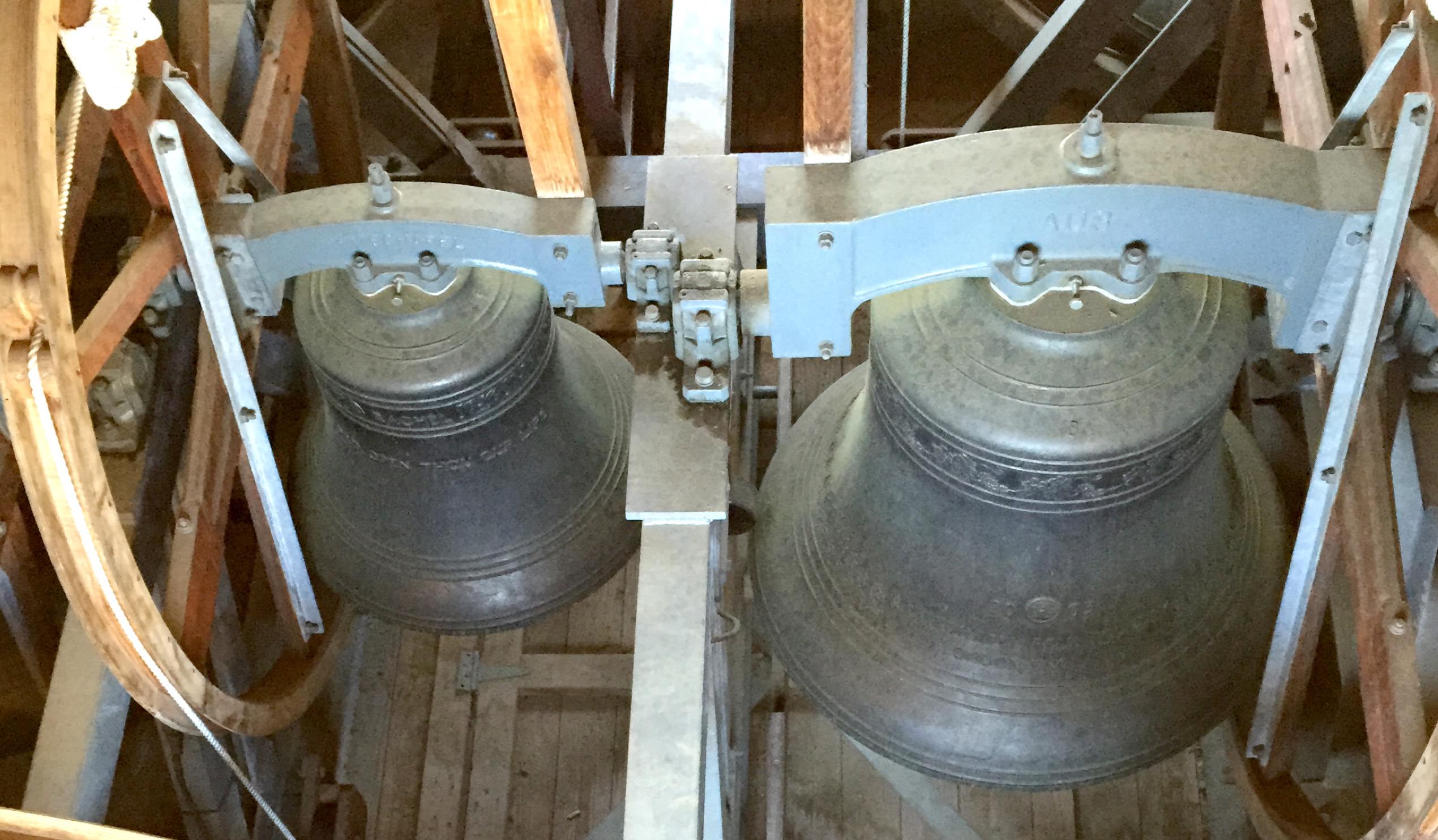Story of the Shepherd
Augusta’s river valley climate and the aftermath of the Civil War were major factors in the founding of the Church of the Good Shepherd in Summerville. In the challenging times of Reconstruction, Summerville Episcopalians struggled to reclaim their lives, both material and spiritual, amid greatly reduced circumstances. A sense of spiritual loss was somewhat assuaged by holding regular Sunday services in the homes of a “faithful few” Hill families. These devout Episcopalians longed for a real church building, a more accessible place of worship in their own neighborhood. This dream led to the founding of the Church of the Good Shepherd.
With characteristic determination and ingenuity, a group of Hill ladies took the lead in raising funds for the church building by forming a Sewing Society, the profits of which were assigned to a fund that would provide seed money for the building of a new church.
Johnny Gould, the child of one of the families, suggested that the new church be called ‘The Church of the Good Shepherd,’ and the child’s interest inspired his father, Artemas Gould, to donate the land on which the church still stands. This gift, in 1869, led to the formal incorporation of the parish on Easter Sunday of the same year, and the cornerstone was laid the following May. By this time, the Sewing Society’s profits amounted to $2,000, enough to construct a simple wood-frame, rectangular building in the Victorian Gothic style.
The congregation soon outgrew the building, and the simple wooden structure was replaced in 1879 by a handsome brick church. This was a gift of Artemas Gould’s widow Margaret, whose niece Julia McKinne Foster married Rev. Edwin Weed, Good Shepherd’s first rector.
Revered for his ministry to the poor, to the African American population and to farm people of the surrounding countryside, the Rev. Weed began a tradition of service to the community that has endured for 150 years.
The founding of the Episcopal Day School in 1944 continued a long tradition of the parish’s commitment to providing educational opportunities in a nurturing, parochial setting.
Today, the Church of the Good Shepherd is a thriving parish with over 1,500 members. Parishioners and church staff continue to be deeply involved in Augusta’s civic and cultural affairs as well as in promoting efforts to improve racial harmony and providing opportunities for community participation in a variety of efforts.
The Bell Tower
The eight change ringing bells in Good Shepherd’s bell tower were cast by the famous Whitechapel Foundry in London, the same one that cast Big Ben and the original Liberty Bell, established in 1570. The bells were installed in 2004.
What is Change Ringing?
“Change Ringing” originated in England in the 17th century. It is the art of ringing a set of tuned bells in a series of mathematical patterns known as methods. It is called such because the bells are constantly moving, or changing, their positions in the order in which the bells are struck. Good Shepherd rings its bells every Sunday at 10am.
Check out our Music Ministries to learn how you can be a part of this historic and beautiful tradition.
The Labyrinth
The Labyrinth at Good Shepherd is a replica of the Labyrinth in Chartres Cathedral and is a path for prayer and reflection. A single pathway leads you out of the busy world and into the center to open your heart and mind to God. Then, renewed and refreshed. journey back out into the world again to love God and serve your neighbor. Anyone or any group is welcome to walk the Labyrinth at any time.

